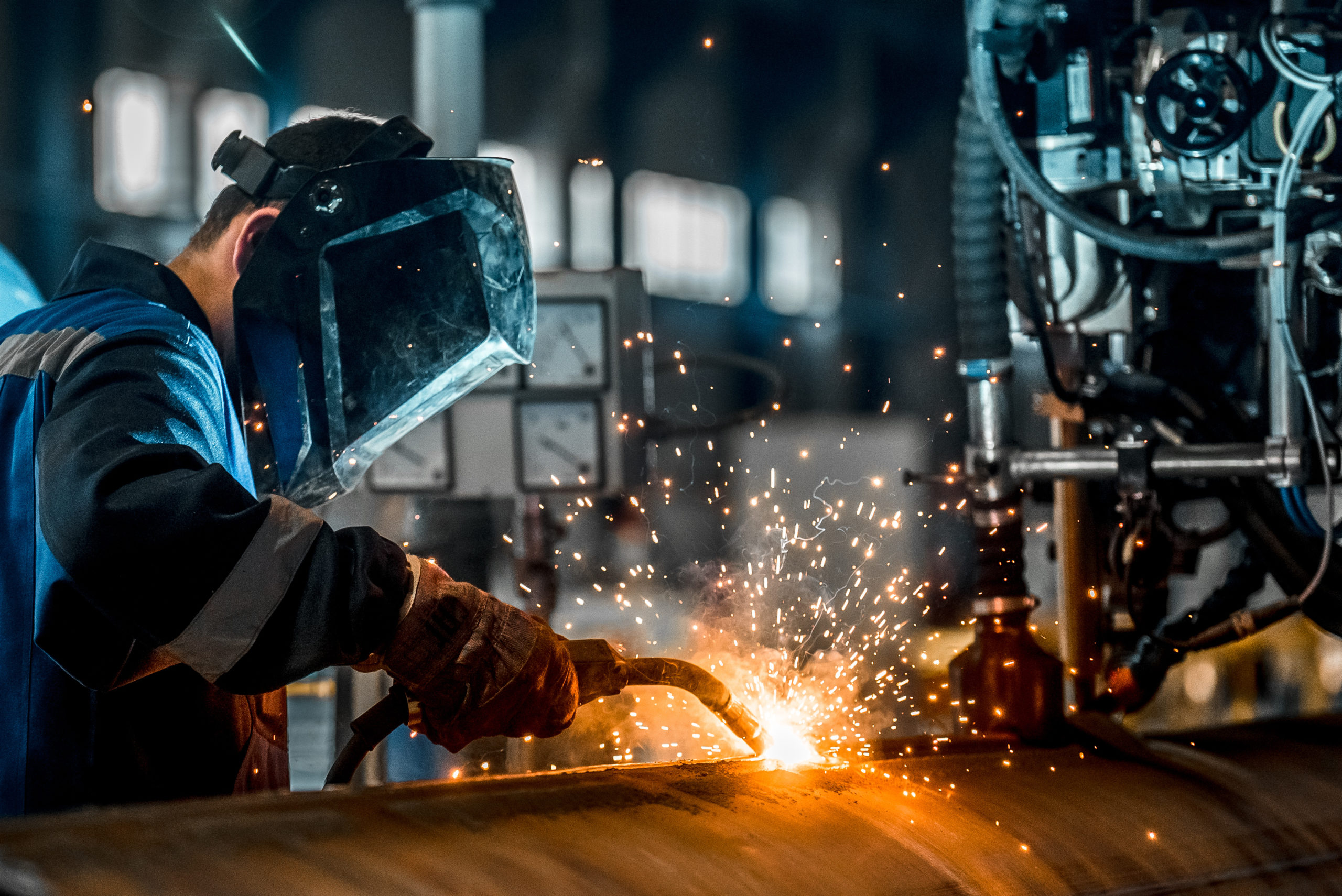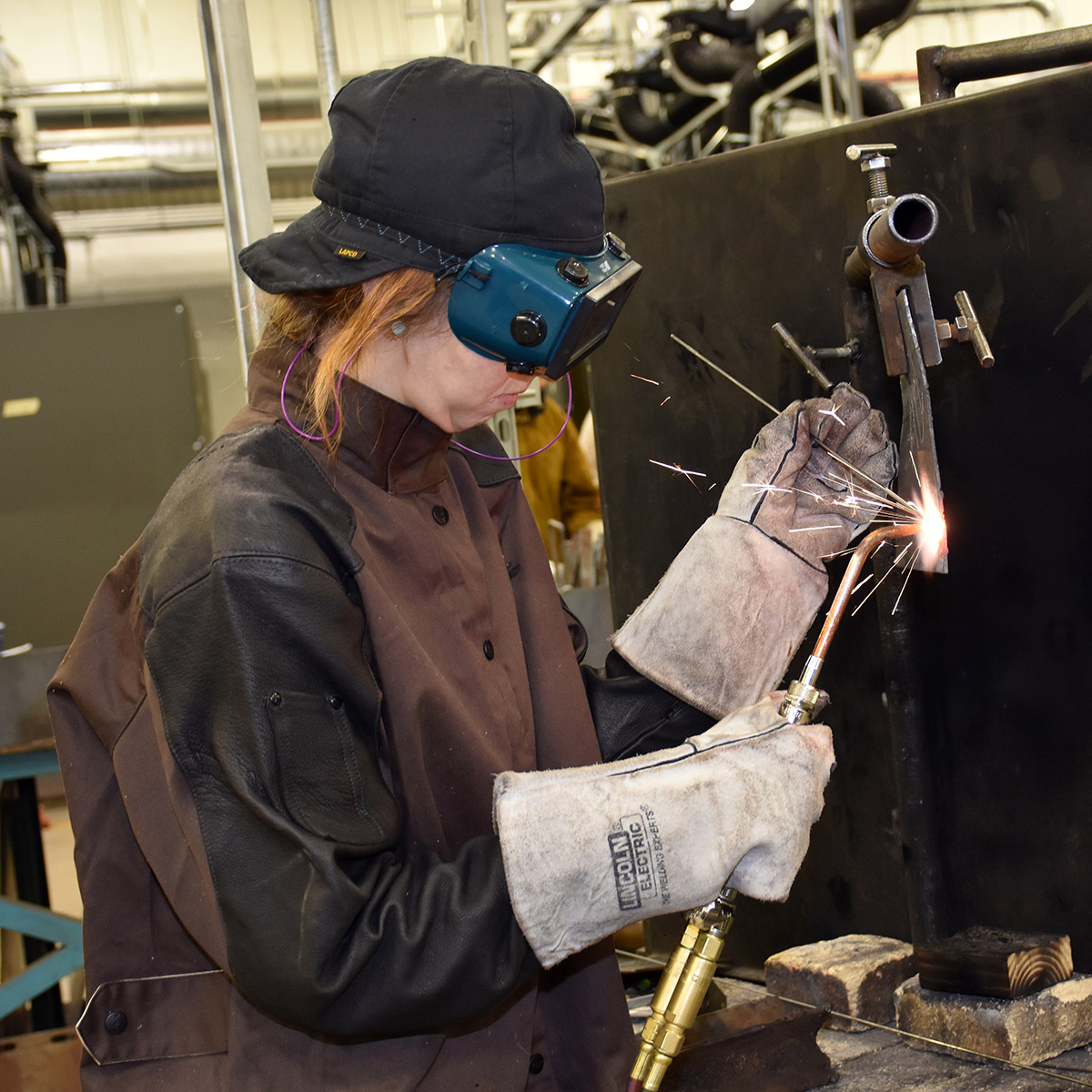Common Welding Fixing Issues and How to Address Them Properly
Welding repair work commonly come across an array of problems that can endanger the stability of the last product. Typical problems consist of inadequate penetration, porosity, and misalignment, to name a few. Each flaw offers distinct difficulties that call for specific strategies for resolution. Understanding these problems is vital for welders aiming to boost their abilities and end results. This discussion will certainly check out these usual welding repair issues and efficient methods to resolve them.
Poor Infiltration
Insufficient penetration takes place when the weld metal stops working to completely fuse with the base product, leading to weak joints and possible structural failings. This concern commonly originates from insufficient warm input, incorrect electrode angle, or incorrect welding rate. Welders may come across insufficient penetration due to a miscalculation of the needed parameters for a certain material density or type. In addition, contamination on the base material's surface area can prevent reliable bonding, intensifying the trouble. To attend to insufficient penetration, welders must guarantee appropriate settings on their devices and keep a clean work surface. Regular examination of welds is recommended to determine any kind of deficiencies early, permitting timely modifications and the prevention of compromised architectural integrity in bonded settings up.
Porosity
Porosity is a common problem in welded joints that shows up as small gas bubbles caught within the weld metal. This defect can compromise the stability of the weld, causing minimized strength and prospective failing under anxiety. Belgrade Welding. Porosity commonly emerges from contamination, dampness, or improper welding methods, which permit gases to run away into the molten weld swimming pool. To address porosity, welders need to assure appropriate surface preparation, preserve a tidy workplace, and use suitable welding specifications. In addition, choosing the ideal filler product and protecting gas can alleviate gas entrapment. Regular inspection and testing of welds can aid determine porosity early, guaranteeing timely corrective activities are taken, thereby preserving the quality and reliability of the welded structure
Imbalance
Misalignment in welding can arise from various elements, including inappropriate setup and thermal growth. Understanding the root causes is important for efficient resolution. A number of modification methods are available to realign elements and guarantee architectural honesty.
Causes of Imbalance
Welding imbalance usually comes from a variety of underlying problems that can endanger architectural integrity. One key reason is inappropriate fit-up of elements before welding, which can result in gaps and irregular surface areas. Variants in thermal growth throughout the welding process can also cause distortion, specifically if the products being joined have different coefficients of expansion. Additionally, poor fixturing and clamping may fall short to hold elements securely in area, resulting in activity throughout welding. Inadequately maintained tools, consisting of welding devices and devices, might introduce inconsistencies in the weld bead, additional adding to imbalance. Ultimately, driver mistake, originating from insufficient training or experience, can additionally play a substantial role in developing misaligned welds.
Improvement Strategies Available
Addressing misalignment properly calls for a combination of restorative techniques tailored to the certain concerns available. One common technique is making use of jigs or fixtures to hold elements in the right position during welding, ensuring consistent positioning. Furthermore, pre-heating the materials can help decrease distortion and boost fit-up. For substantial misalignment, mechanical adjustment strategies, such as using hydraulic jacks or clamps, can be utilized to correct the setting prior to welding. Post-weld heat treatment may additionally be essential to soothe anxieties triggered by misalignment. Lastly, careful evaluation and modification throughout the arrangement stage can protect against misalignment concerns from becoming substantial problems, advertising a smoother welding process and improving general structural integrity.
Distortion
Distortion is an usual difficulty in welding that can arise from different variables, consisting of uneven cooling and heating. Recognizing the reasons for distortion is vital for applying effective avoidance strategies. Addressing this concern not only improves structural stability however likewise boosts the total quality of the weld.
Reasons for Distortion
When subjected to the intense heat of welding, products frequently undergo adjustments that can cause distortion. This phenomenon mostly arises from thermal development and contraction during the welding process. As the weld location warms up, the product expands; upon cooling, it gets, which can produce internal stresses. Additionally, unequal heating throughout a work surface can exacerbate these tensions, leading to warping or bending. The kind of material also plays a significant duty; metals with varying thermal conductivity and coefficients of development might react differently, leading to uncertain distortions. Poor joint layout and insufficient fixturing can add to misalignment during welding, raising the likelihood of distortion. Recognizing these reasons is essential for efficient welding repair work and prevention strategies.
Prevention Techniques
Reliable prevention strategies for distortion throughout welding concentrate on controlling heat input and ensuring proper joint style. Maintaining a constant warmth input assists to lessen thermal expansion and contraction, which can cause distortion. Utilizing methods such as preheating the work surface can likewise decrease the temperature level slope, advertising uniform home heating. Additionally, picking suitable joint designs, such as T-joints or lap joints, can improve stability and lower stress and anxiety focus. Carrying out appropriate fixturing to protect the workpieces in location further aids in preserving positioning throughout the welding procedure. Ultimately, staggered welding series can distribute warm a lot more uniformly, protecting against localized distortion. By using these techniques, welders can significantly decrease the chance of distortion and improve the total quality of their welds.
Splitting
Fracturing is a typical concern run into in welding repairs, often arising from various aspects such as improper air conditioning prices, product option, or insufficient joint preparation. The event of cracks can significantly endanger the honesty of the weld, resulting in possible failings during procedure. To address this issue, welders need to initially evaluate the origin, making certain that materials are compatible and suitably chosen for the certain application. Additionally, controlling the cooling price during the welding process is essential; rapid air conditioning can induce anxiety and result in splitting. Appropriate joint style and prep work additionally add to minimizing the threat. Implementing these methods can boost weld top quality and resilience, eventually decreasing the probability of splitting in ended up weldments.

Incomplete Combination
A substantial concern in welding repair services is incomplete fusion, which happens when the weld steel does not appropriately bond with the base material or previous weld passes - Welding. This flaw can cause weak points in the joint, potentially compromising the stability of the bonded framework. Elements contributing to incomplete combination include insufficient warmth input, improper welding method, and contamination of the surfaces being signed up with. To address this problem successfully, welders must ensure correct pre-weld cleaning and surface preparation, as well as readjust their welding parameters to attain ample infiltration and fusion. Regular examination during the welding procedure can also aid determine insufficient blend early, enabling timely corrective actions to improve the overall top quality of the weld
Overheating
While welding repair services can improve architectural integrity, overheating offers a significant challenge that can bring about product destruction. Extreme heat during welding can alter the mechanical buildings of metals, causing reduced strength, enhanced brittleness, and bending. This sensation is specifically crucial in high-stress applications where structural integrity is extremely important. Determining getting too hot can entail visual inspections for staining or distortion, along with monitoring temperature level during the welding process. To mitigate the risks linked with getting too hot, welders ought to use suitable strategies, such as controlling warm input, adjusting traveling speed, and utilizing suitable filler products. Additionally, executing pre- and post-weld warm treatments can aid recover material residential or commercial properties and enhance the total quality of the repair, guaranteeing long-term performance and safety and security.
Frequently Asked Questions
What Are the Typical Indicators of a Welding Problem?

How Can I Test My Welds for High quality?
To examine welds for high quality, one can utilize aesthetic assessments, ultrasonic testing, and radiographic approaches. Each method assures architectural stability, determines problems, and confirms adherence to specified requirements, inevitably enhancing the dependability of the bonded joints.
What Security Safety Measures Should I Take While Welding?
When welding, one should focus on security by using proper individual protective tools, ensuring appropriate ventilation, securing flammable products away, keeping a tidy work area, and understanding surroundings to stop injuries and accidents.
Can I Repair a Weld Without Remodeling the Entire Joint?
Fixing a weld without remodeling the entire joint is possible, depending upon the damage (Montana Mobile Welding and Repair Belgrade Welding). Techniques such as grinding, including filler material, or utilizing a welding process can properly deal with certain defects while protecting the surrounding framework
What Tools Are Crucial for Efficient Welding Fixes?
Necessary tools for effective welding fixings include a welding machine, cable brush, grinder, protective gear, clamps, and filler products. Each device plays an essential function in making certain quality and security throughout the repair work procedure. Porosity generally occurs from contamination, dampness, or improper welding methods, which permit gases to leave right into the molten weld swimming pool. Badly kept tools, including welding makers and tools, might introduce variances in the weld bead, further contributing to imbalance. When subjected to the extreme heat of welding, materials commonly go through changes that can lead to distortion. Splitting is an usual problem come across in welding repair work, often resulting from numerous aspects such as incorrect air conditioning rates, product selection, or here poor joint preparation. A significant issue in welding repair work is incomplete fusion, which takes place when the weld steel does not effectively bond with the base product or previous weld passes.